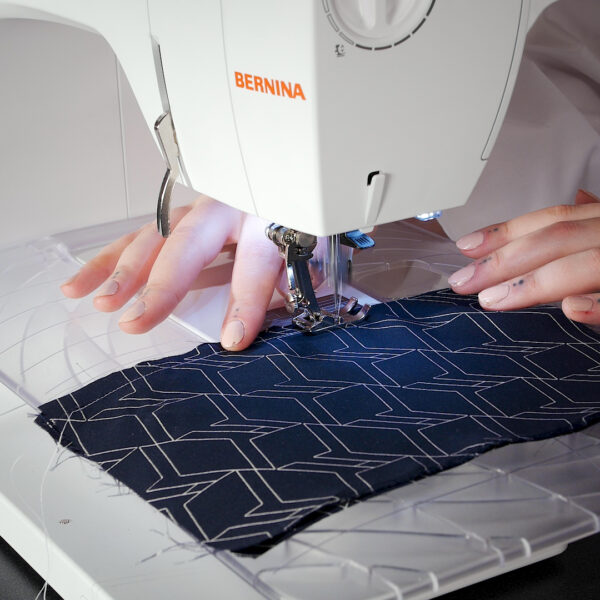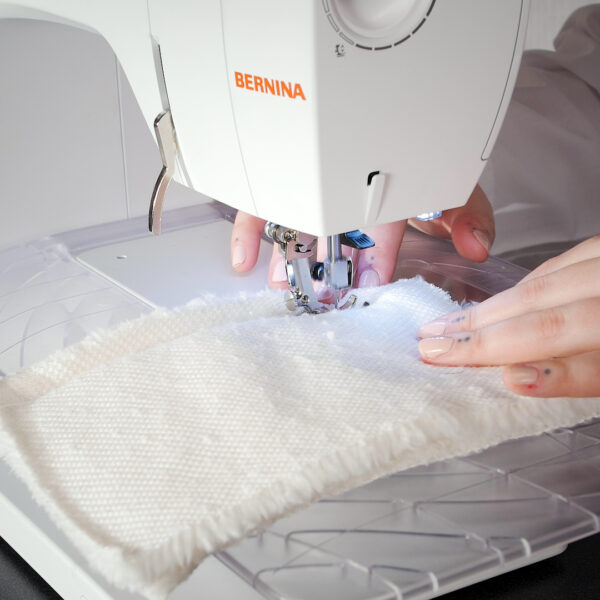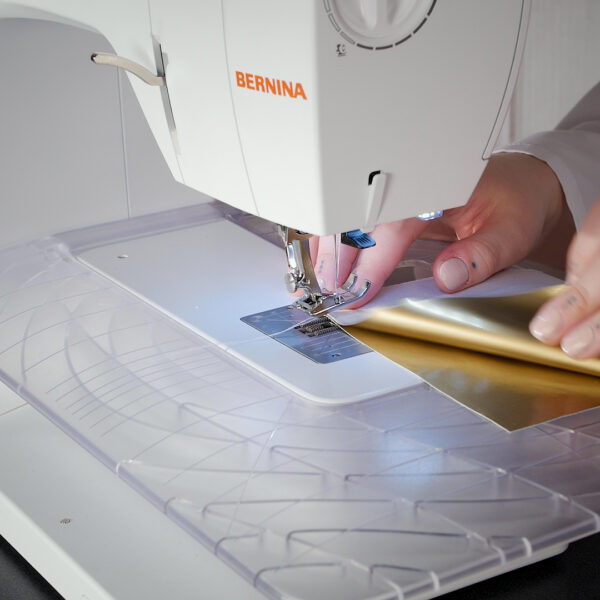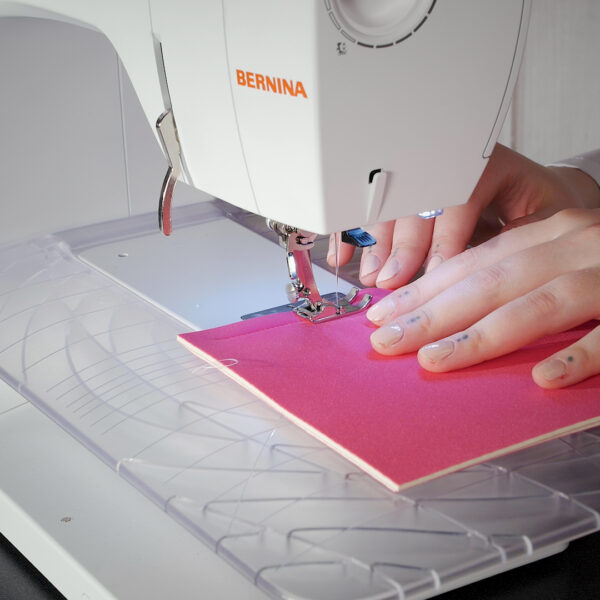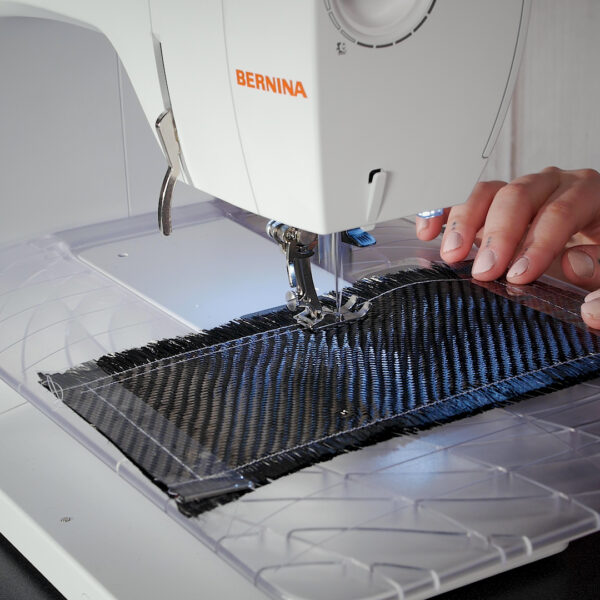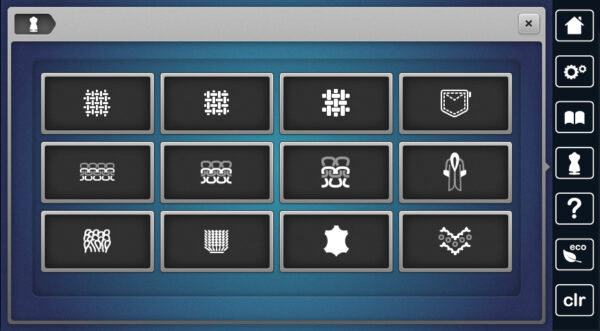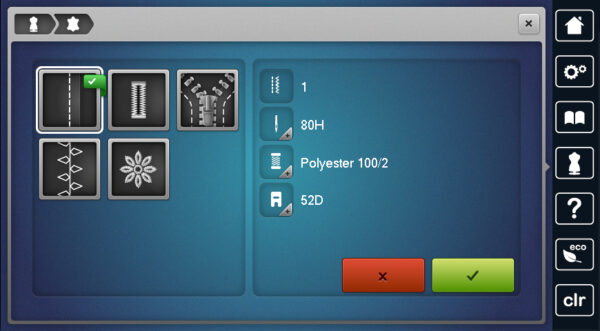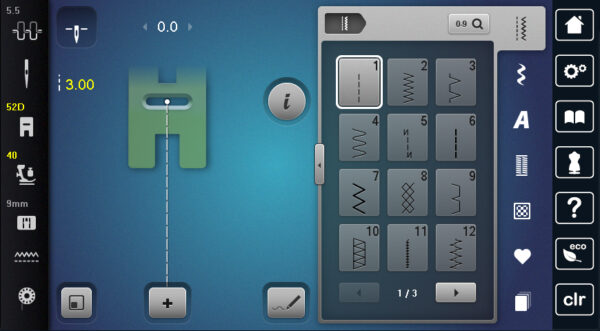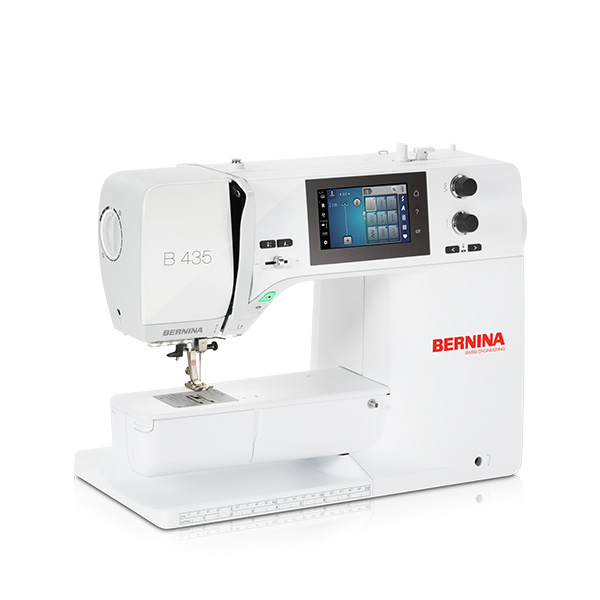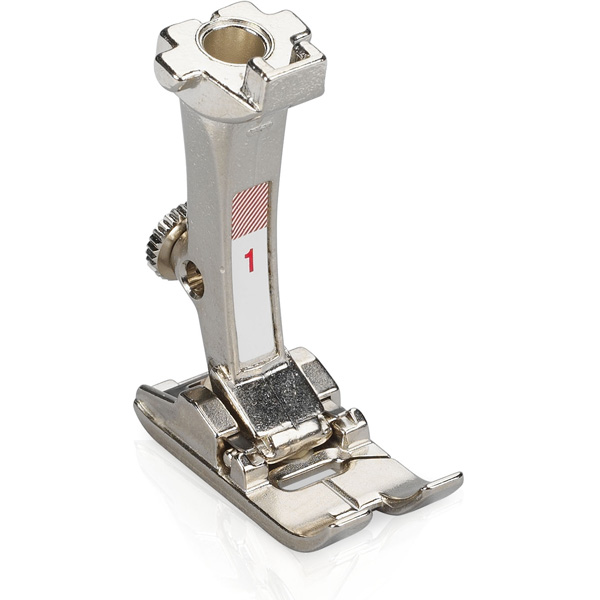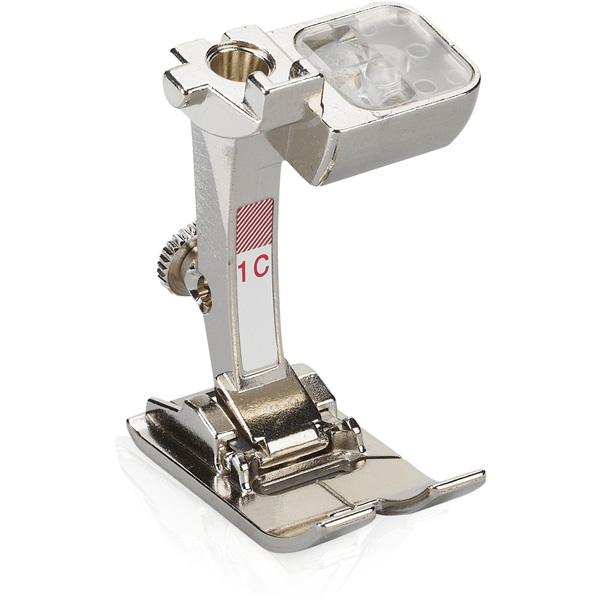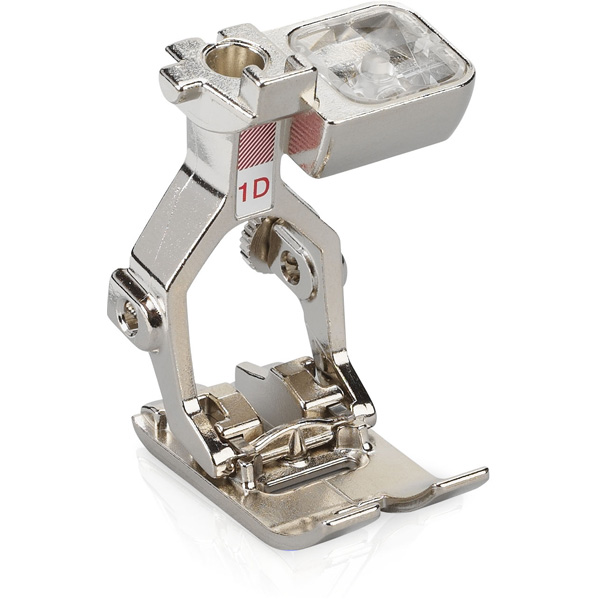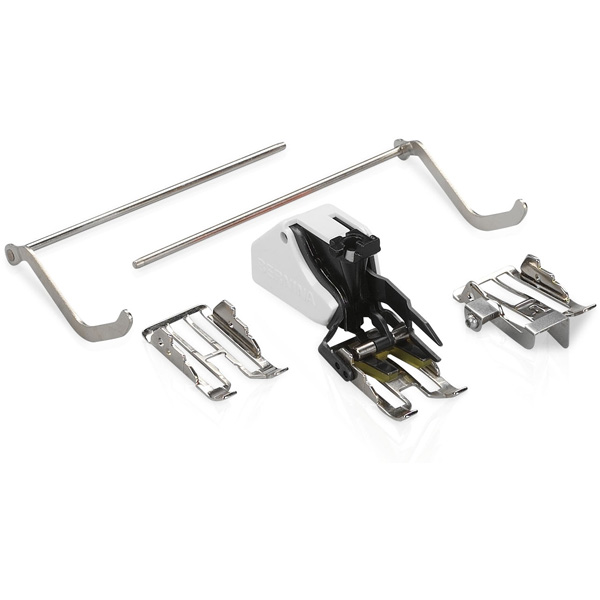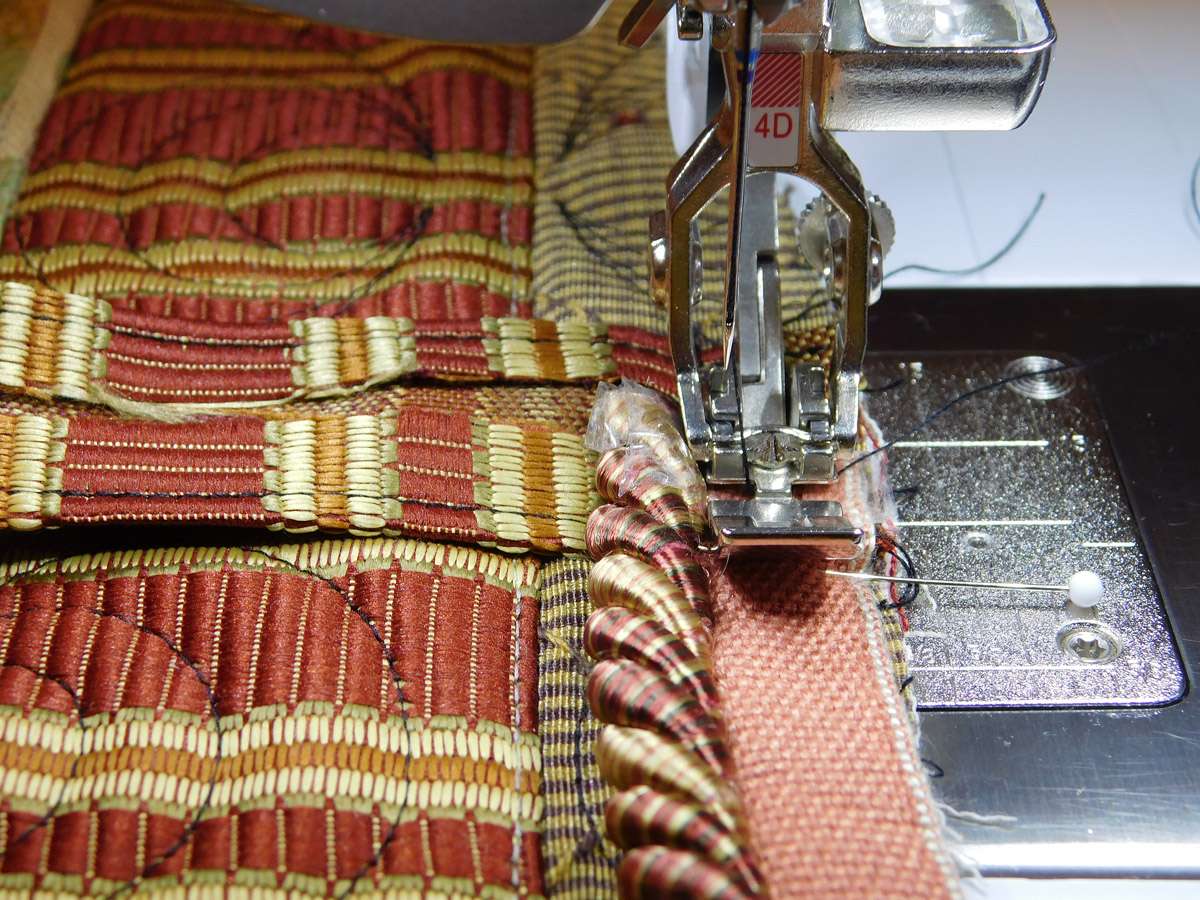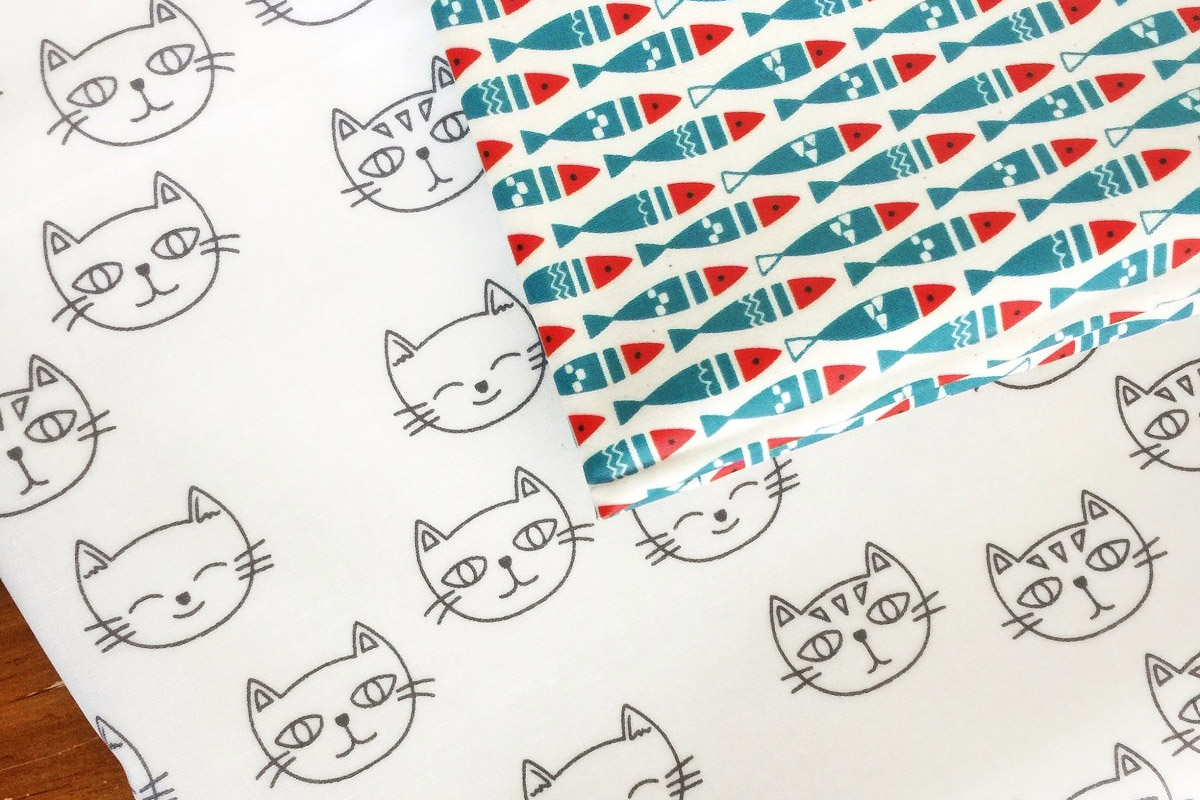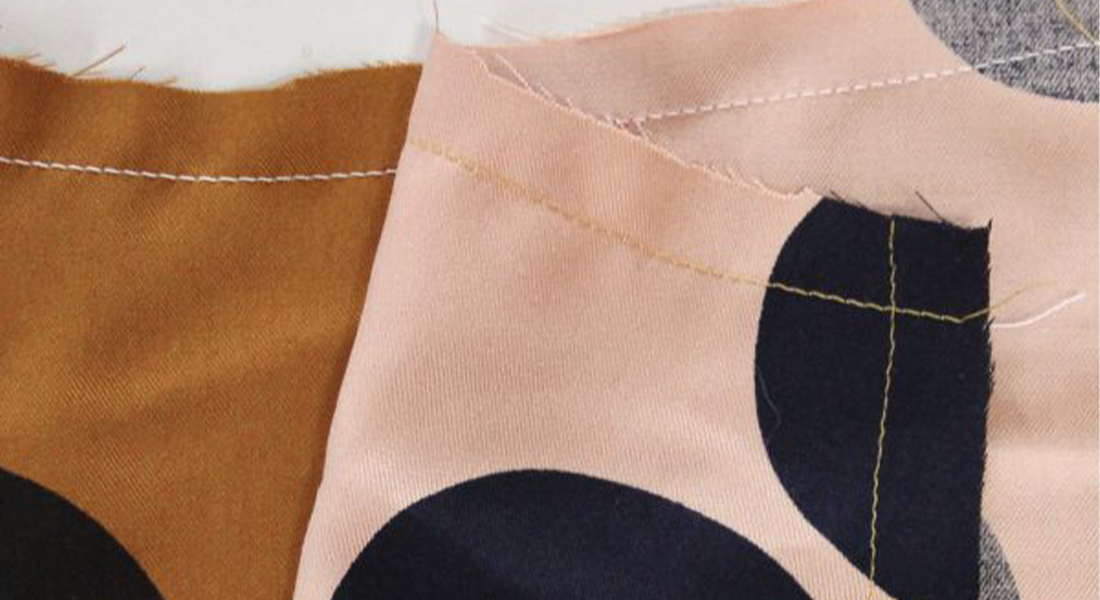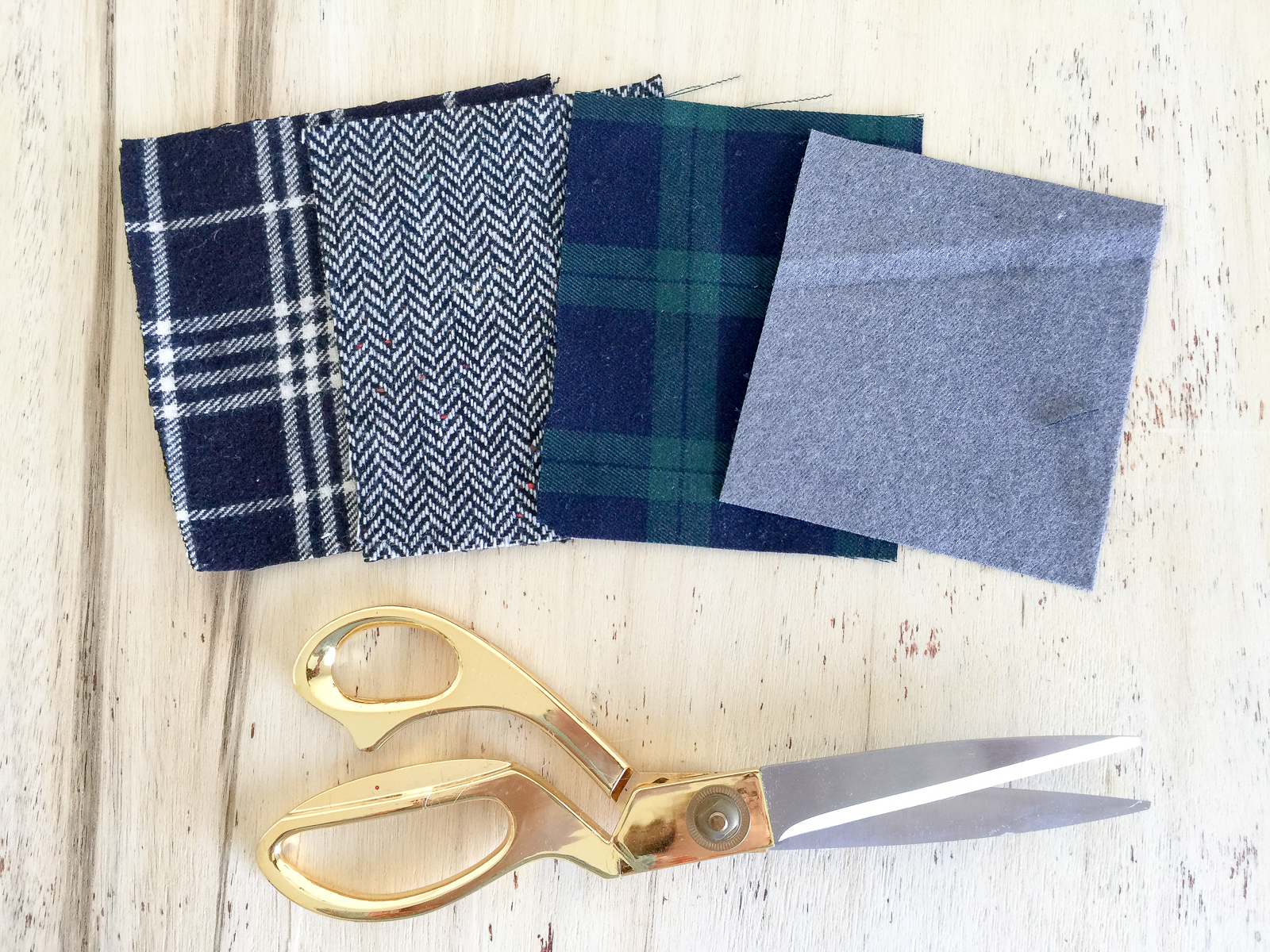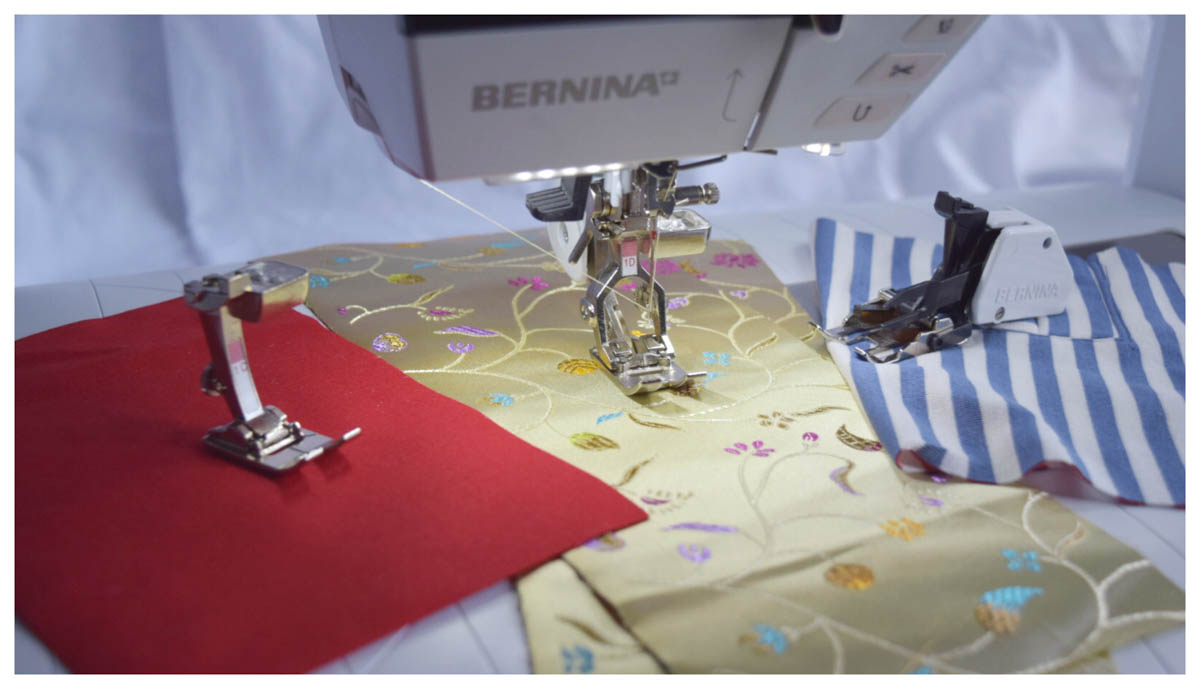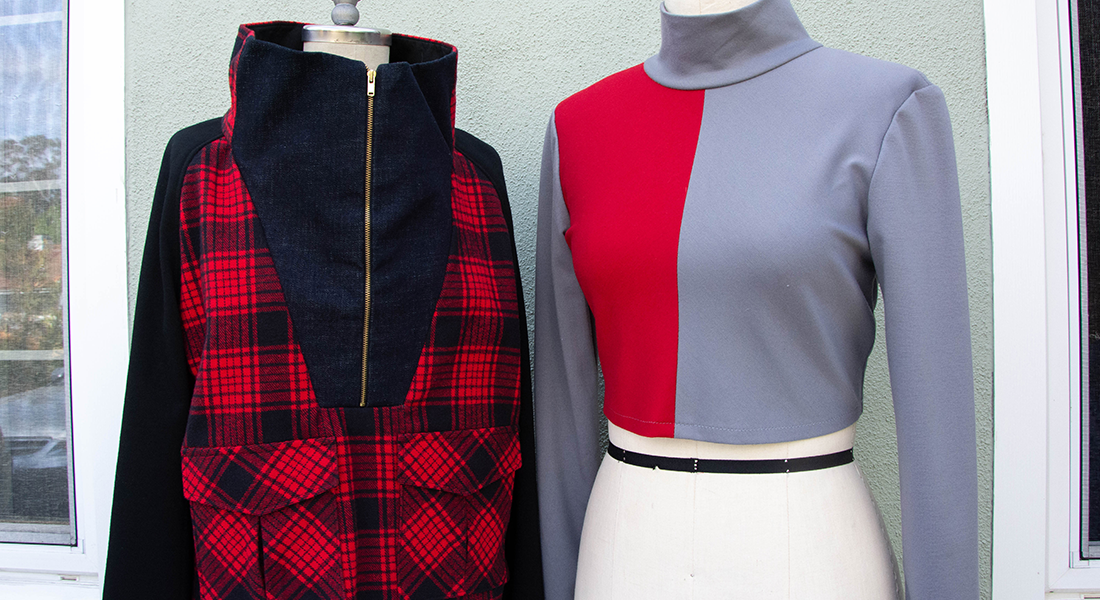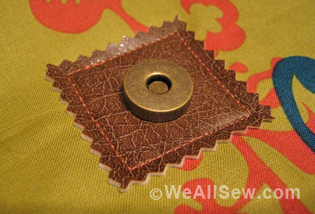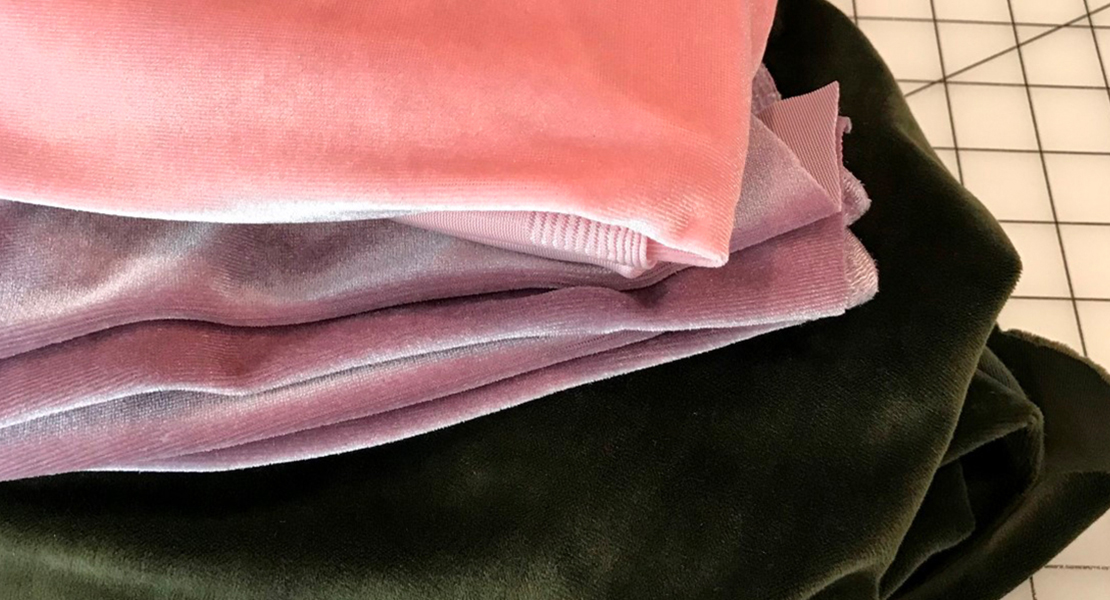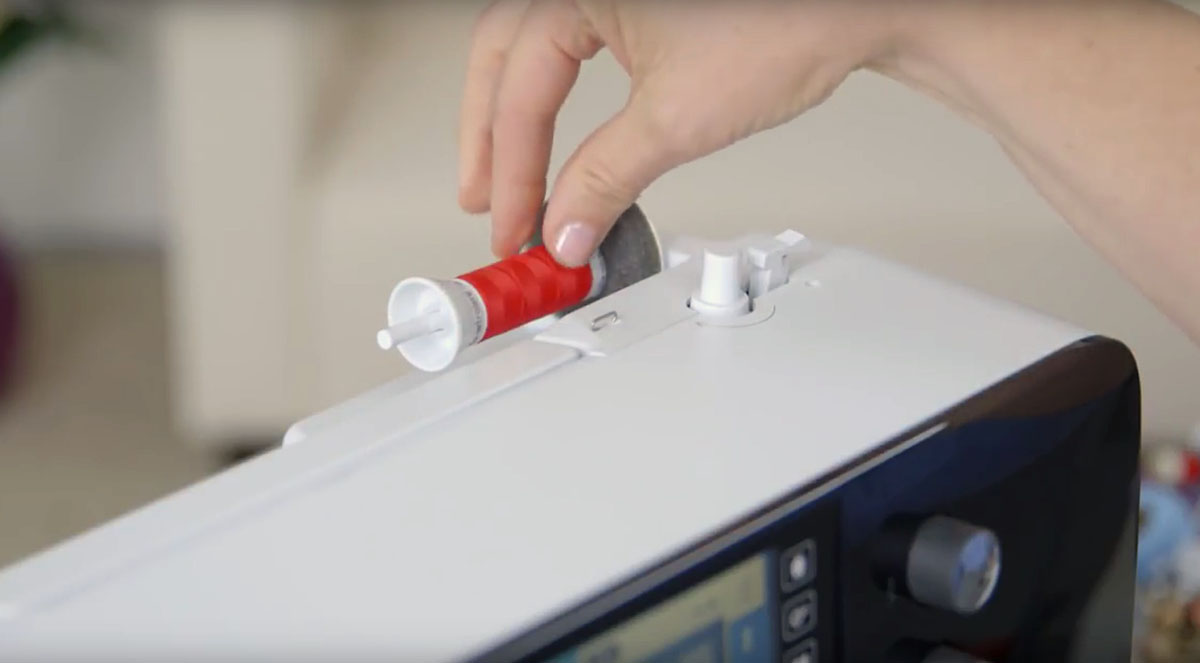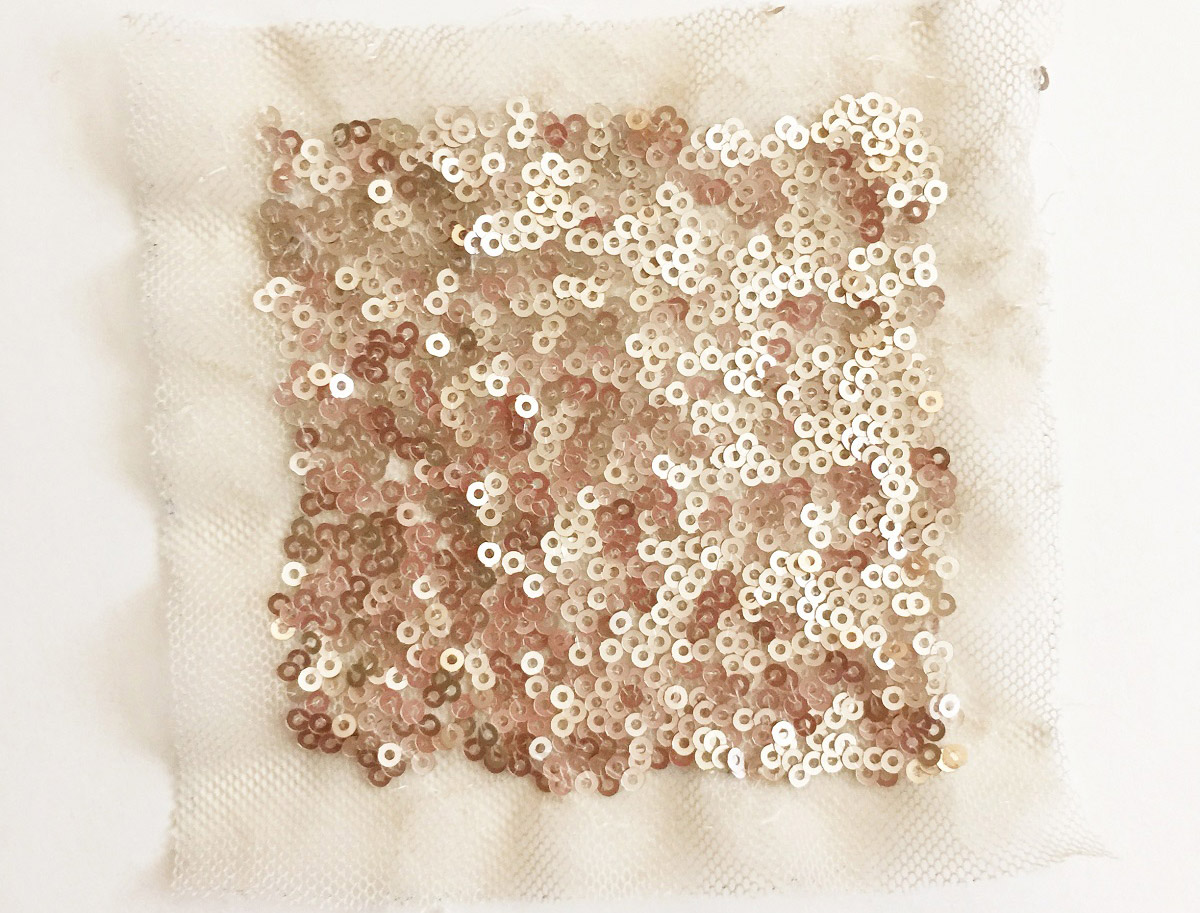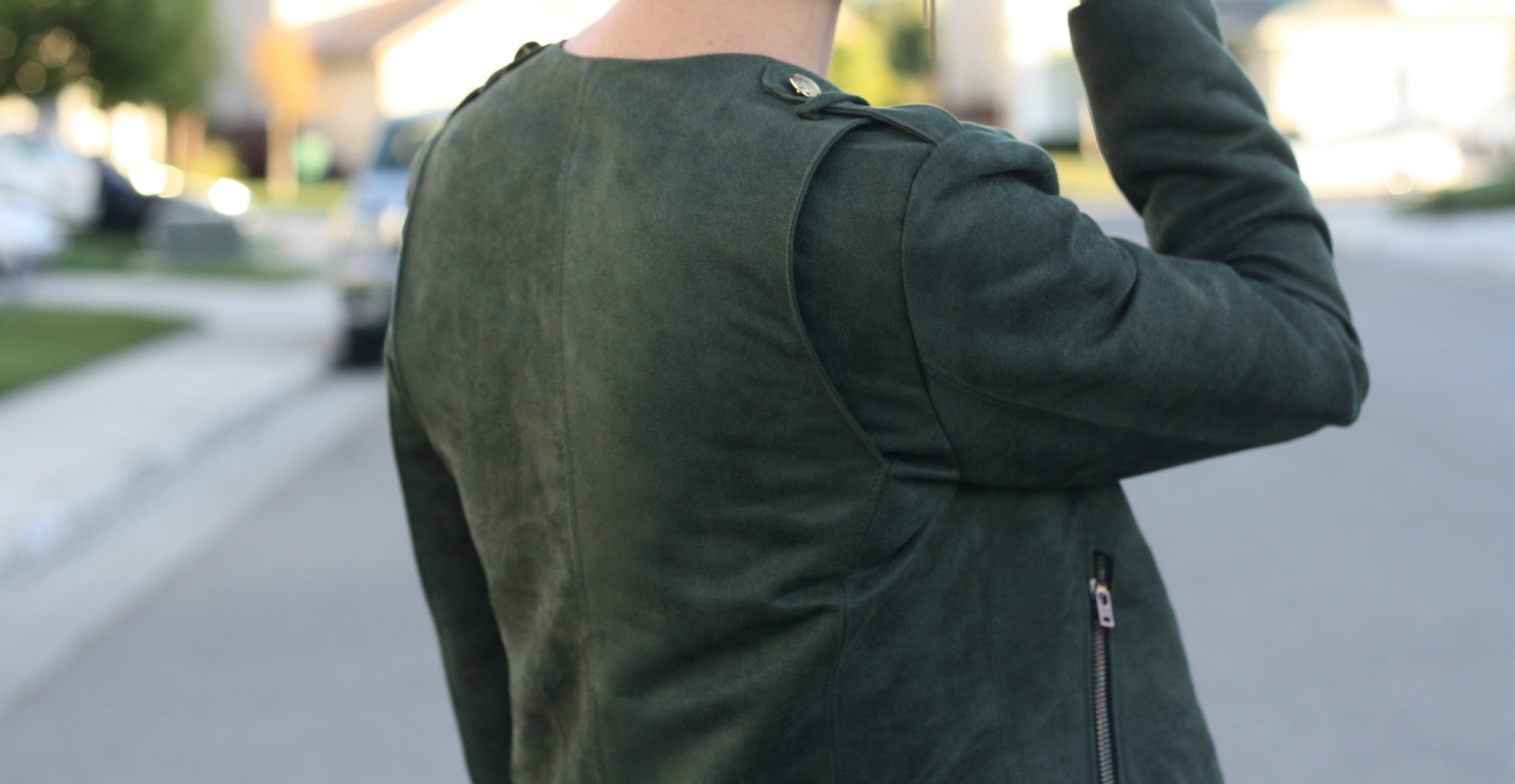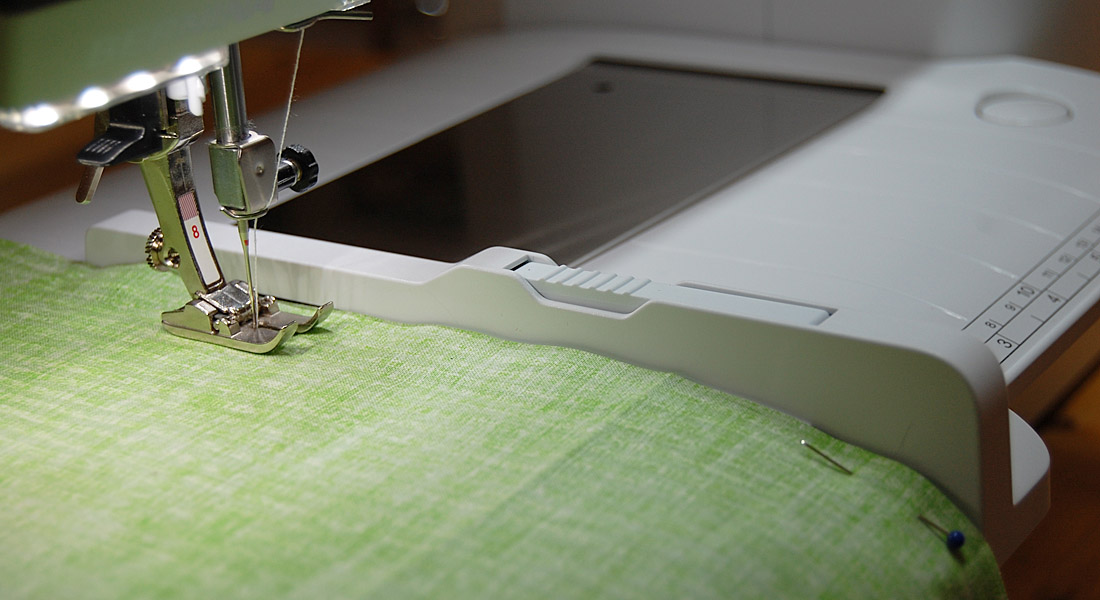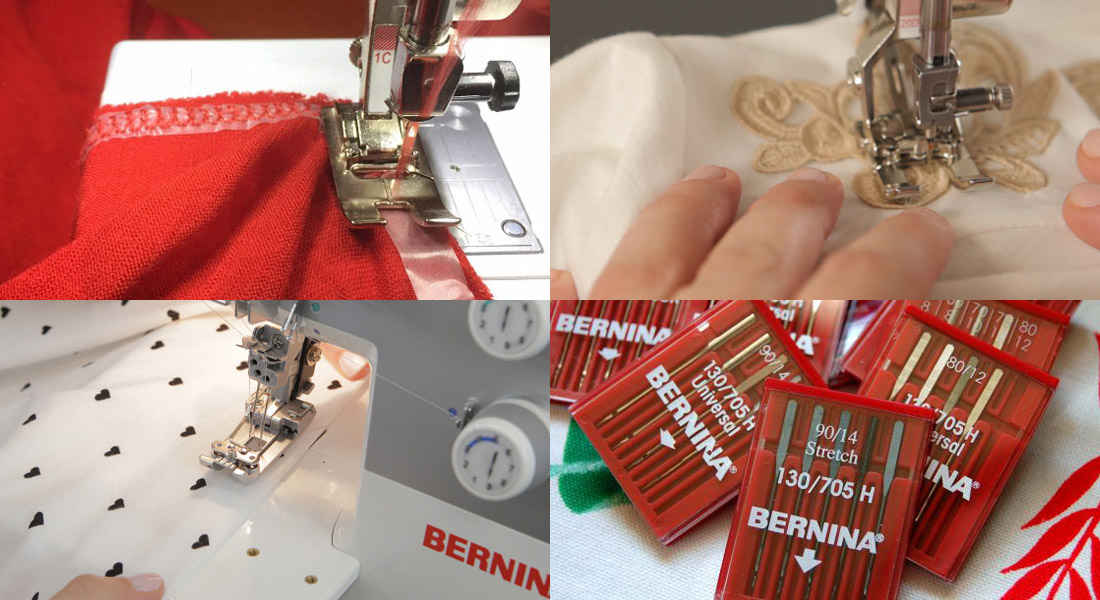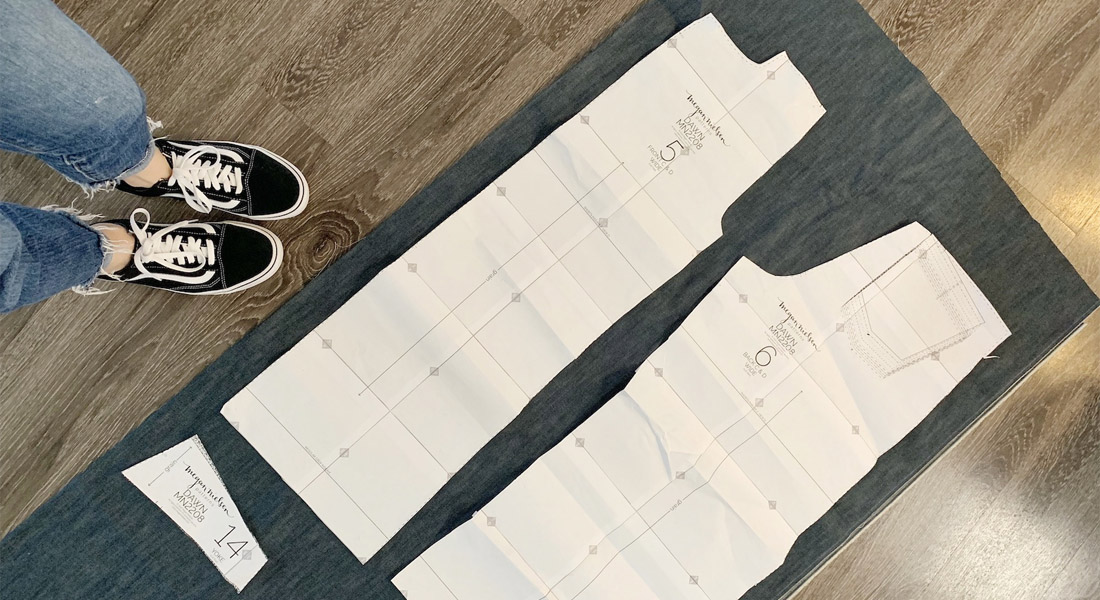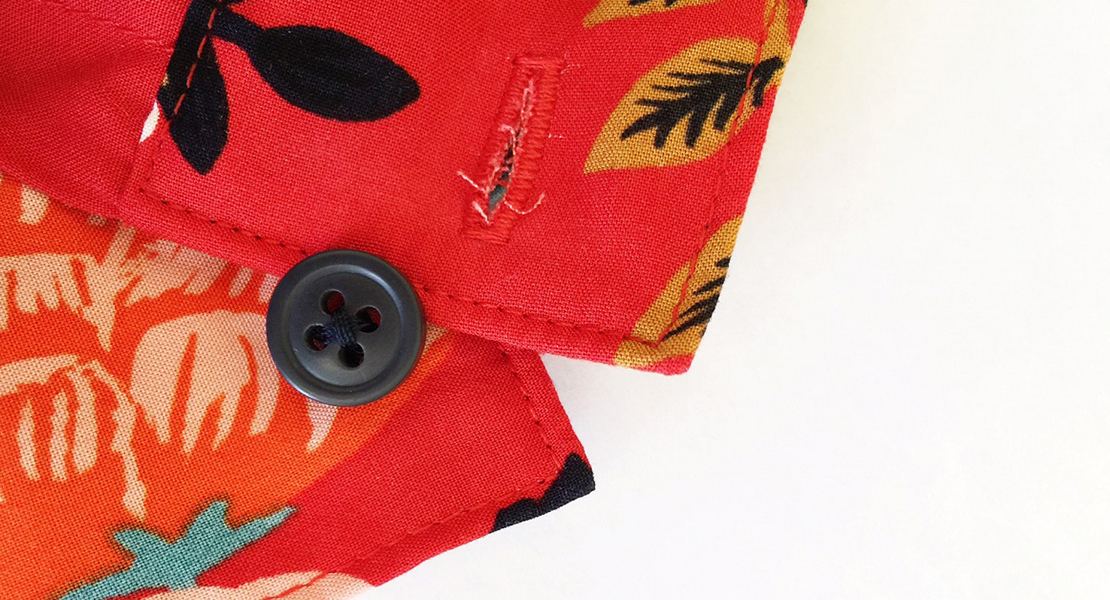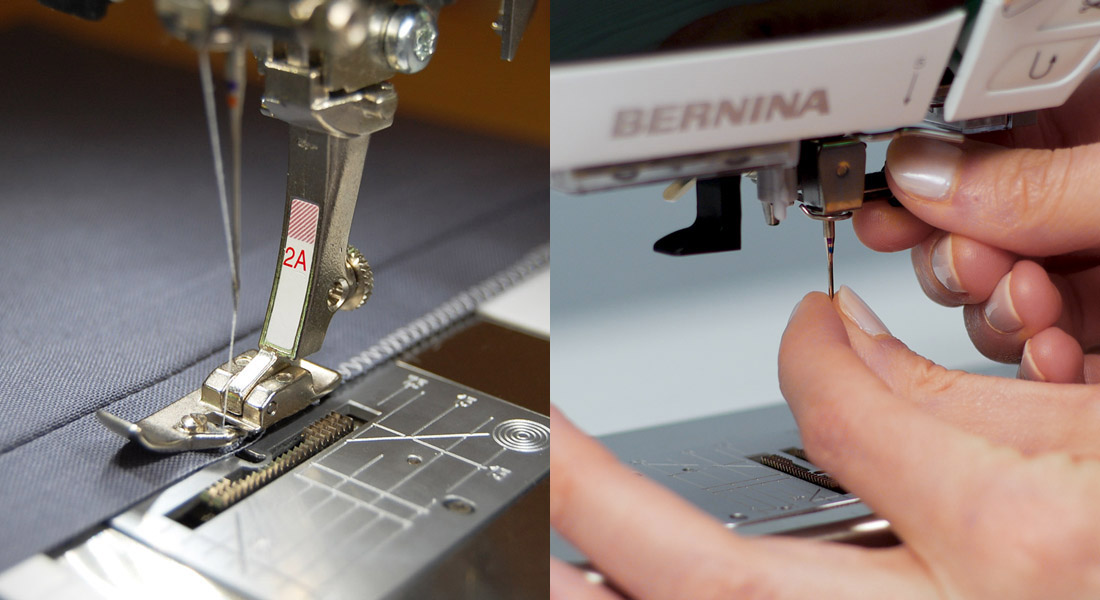Tips for Sewing Challenging Fabrics
Whether you are preparing your latest cosplay for a con or just getting a head start on Halloween costumes, it’s not unlikely that you’ll be tasked with sewing some unusual or challenging fabrics at some point! Sometimes it can be hard to know how to tackle certain fabrics with confidence. Here are a few materials outside the realm of simple quilting cotton and tips on how to sew them with ease.
Silk Charmeuse
Known for its beautiful light hand and smooth drape, silk charmeuse makes stunning delicate garments. Unfortunately, because it is so fine and slippery, it can make first timers and experienced sewists both a bit nervous.
Thread: Ultra fine (80 wt) polyester
Using a super fine thread is important with a lightweight fabric like this. Polyester is the best thread for sewing garments because it is more durable and will hold up to any stretching or stress on seams.
Needle: Microtex
Microtex needles have super fine points which ensure that your stitching is accurate. They’re perfect for very tightly woven fabrics or satin woven fabrics like charmeuse. A size 70 needle would be a good fit for the recommended 80 wt thread. Bonus tip: Make sure you replace your needle often (about every 4-6 hours of actual sewing time). A dull needle will cause snags!
Presser foot: Reverse Pattern Foot #1/1C
The standard #1 foot should serve this fabric well.
Presser foot pressure: Slight increase
Slightly increasing the presser foot pressure can help it feed through the machine a bit more securely.
Other tips/accessories: Straight stitch plate
Using a straight stitch plate can offer more support under this delicate fabric. If you’ve ever tried sewing on something really fine and found the fabric getting sucked down into the stitch plate at the needle area, using a straight stitch needle plate is the best way to prevent that.
Plush fabric (i.e. Minkee/Cuddle/long pile fabrics)
Who doesn’t love a squishy, soft, plush fabric? They’re great for making toys and kid’s projects, but they can even be used on the back of the quilt! Because of the pile on these fabrics though, there are definitely tricks to easily sewing these.
Thread: Mid weight (60 or 40 wt) polyester
A standard, mid weight polyester thread will hold strong with any pulling or shifting of this fabric.
Needle: Jersey/ballpoint
You may not realize this at first glance, but these kinds of fabrics are actually knit! Using a jersey needle ensures the needle will penetrate between the yarns of the knit, which helps the seam move and stretch with the fabric.
Presser foot: Walking Foot #50
The Walking Foot is going to be your best friend any time you need to sew through bulky fabrics or many layers, and Minkee/Cuddle fabrics are no exception!
Presser foot pressure: Slightly decreased
Because of the bulk and the stretchy/shifty nature of this fabric, you may want to decrease the presser foot pressure slightly.
Other tips/accessories: Use a super stretch stitch
Again, remember that these fabrics are knit. The Super Stretch Stitch #11 is a very, very narrow zigzag stitch. This will create a more forgiving seam in knit fabrics but will look and function more like a straight stitch. In bulky fabrics like this, lengthen the stitch to about 3mm.
Vinyl
This is where things really start to get scary for a lot of sewists. Vinyl has the reputation of being one of the most frustrating things to sew. Fear not! It’ll be a breeze with the right tools. Just keep in mind that you have one chance to sew vinyl; unlike woven or knit materials that recover if you need to tear out a seam, once you pierce vinyl, there is no going back.
Thread: Mid weight (40 wt) to heavy duty (30 wt) polyester
Your thread weight here will depend on the gauge (weight) of your vinyl and the desired look of the stitching. Seams in vinyl are typically visible on the finished project and thus a prettier, more decorative looking thread works well here. Opt for a 40 wt or even 30 wt polyester thread.
Needle: Topstitch or leather
Your needle choice here again will depend on the weight of vinyl used. Most lightweight vinyls or vinyl-coated fabrics will work great with a topstitch needle—the key feature on these needles is the larger eye designed for heavier threads. However, really heavy/stiff vinyl may need a leather needle. As always, remember to match your needle size to your thread weight, so for a 40 or 30 wt thread, you’ll want to look at a size 90 or 100 needle.
Presser foot: Roller Foot #51 or Non-Stick Feet #52/52C/52D, 53, 54, and 56
Probably the most important part of sewing on vinyl is choosing the right presser foot. Standard metal or plastic presser feet tend to stick to the surface of vinyl, preventing the material from moving smoothly through the machine. BERNINA has a number of presser feet designed to avoid this issue! Roller Foot #51 has three rows of metal rollers on the sole of the foot (one in front of the needle and two behind the needle) that allow the material to slide along the bottom of the foot instead of adhering to the sole.
There are also a variety of presser feet with a non-stick coating:
Non-Stick Zigzag Foot #52/52C/52D—These are non-stick versions of the standard zigzag foot available in 5.5 mm, 9 mm, and Dual Feed versions.
Non-Stick Straight Stitch Foot #53—Useful when precision straight stitching is needed, this straight stitch foot is going to offer the most support to your needle.
Non-Stick Zipper Foot with Guide #54—If you ever need to set a zipper into vinyl or sticky materials, this foot will make that process a breeze.
Non-Stick Open Embroidery Foot #56—This is a non-stick version of the Open Toe Embroidery Foot #20. It’s perfect for sewing decorative stitches, edge stitching, or lapped seams.
Presser foot pressure: Slightly decreased
Reducing presser foot pressure slightly will also help prevent sticking to the presser foot.
Other tips/accessories: Increase stitch length to at least 3 mm to reduce the amount of perforation in this seam. You’ll also want to prepare your pieces with Wonder Clips by Clover instead of pins to avoid unnecessary punctures.
Neoprene/scuba knit
Scuba knits might seem challenging, but that’s likely just because they’re a bit wacky and you probably don’t see them often. But that couldn’t be further from the truth—they’re a fantastic and stable material to sew with!
Thread: Mid weight (40 wt) polyester
A standard mid-weight thread will work fine for this fabric, the most important part is that it be a polyester thread. Poly is crucial to holding up to the wear and stretching of this material, especially if it is going to be worn or used while wet.
Needle: Jersey/ballpoint
Once again, we are working with a knit so a jersey or ballpoint needle is going to be the best choice to penetrate between the fibers.
Presser foot: Walking Foot #50
Because of the thickness of neoprene, a walking foot will work best to move bulky layers through your machine. It will also work to prevent stretching or shifting of this rubberized knit.
Presser foot pressure: Reduced
You can reduce the presser foot pressure with this fabric pretty generously to accommodate for the bulkiness of these seams. Unlike lighter weight or less stable knits, you don’t have to worry too much about neoprene sliding around out of place.
Other tips/accessories: While you don’t need to worry about puncturing this fabric with pins, you may still find it easier to use Wonder Clips instead. The raw edge on this fabric also doesn’t need to be finished—bonus!
Carbon fiber
I know you probably think we’re crazy for trying this one! Carbon fiber fabric is known for being really tough stuff—it’s what Kevlar is made out of. You would be surprised how easy it actually is to sew with.
Thread: Heavy duty polyester
You want the strongest thread you can find for this material. A heavy duty (about 30 wt) poly should do the trick.
Needle: Titanium coated topstitch
As I mentioned earlier, topstitch needles are designed for heavy weight threads. But because of the composition of this material, we want something that’s going to hold up and maintain a sharp point while passing through the strength of carbon fiber. A titanium coating will do just that.
Presser foot: Reverse Pattern Foot #1/1C/1D
The standard #1 foot will do a great job with this woven fabric.
Presser foot pressure: Standard
While the fiber in this fabric is unusual, it is still a pretty standard woven fabric and will stitch well with the default presser foot pressure.
Other tips/accessories: Carbon fiber fabrics are generally pretty loosely woven fabrics. Pins might not hold between the weave. Instead, try taping your fabric pieces together at the seams. I also suggest wearing gloves when handling the raw edges of this fabric—you can get small splinters from the carbon fibers! It can shed similar to fiber glass so make sure you take the proper safety precautions.
That’s it for this round of challenging fabrics! If you ever come across a new sewing challenge and aren’t sure how to tackle it, don’t forget about the Creative Consultant feature in your BERNINA! All 4, 5, 7, and 8 Series machines have this feature.
It allows you to select a fabric and sewing technique and the machine will tell you the best thread, presser feet, and settings for this project.
If all the machine’s suggestions look good to you, you can select the green checkmark and all those settings will be put into place for you! The machine will set the best stitch length and width, needle position, presser foot pressure, and even thread tension for the selected fabric and technique.
Are you ready to take on a new sewing challenge? Your BERNINA is ready to help you do it!
